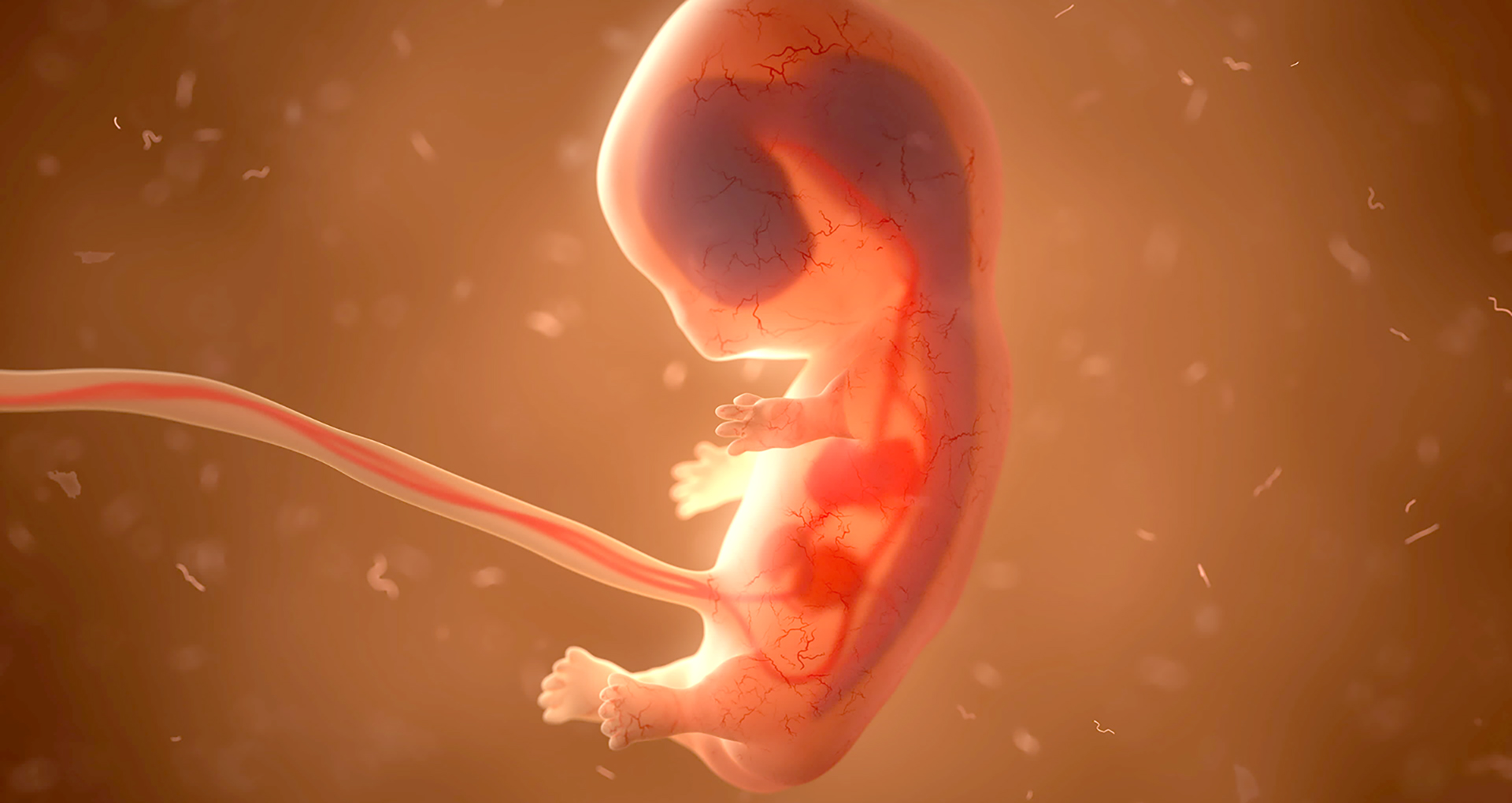
In the first parts of this series we discussed the implantation and fertilization cycle, and the very beginnings of the pregnancy. Let’s look at the way your body changes during weeks 9-12.
Week 9
In week nine baby is very tiny – about the size of a peanut; but things are taking shape quite literally. The skeleton is forming and even though you can’t feel it yet, the baby is capable of movement. The placenta develops during the first trimester, so mom is still going to feel very exhausted and possibly sick. It’s because your body is working overtime to support this little life inside of you. Since the bones are in development, make very sure you are consuming extra calcium from produce and dairy. If the baby cannot get enough it will leach it from your teeth and bones.
Week 10
Here comes the baby bump! While many women won’t be showing at this point, it is common for your waist to start to thicken. This is because your uterus is growing to accommodate the baby. It’s not quite time for maternity clothes yet, but that is coming up soon. Here is a tip – you will need more than looser shirts, pants and dresses. Your breasts will start to grow quite rapidly too. If you plan to nurse, it’s a good time to look for larger bras that double as nursing bras later on. If you still feel sick and emotional, know that the first trimester is ending soon. Hang in there!
Week 11
Fingers and toes are developing and the “big head” seen ultrasounds is about half the length of the body. Don’t worry, the body will catch up. Teeth buds continue to form as does the skeletal structure so keep up with that calcium intake. Week 11 is exciting for parents because it is around when you can finally hear that little heartbeat. Mom’s morning sickness is winding down, but she may notice more oily skin than usual and some outbreaks of pregnancy acne.
Week 12
Welcome to the end of the first trimester! Morning sickness goes away for most women during this time (although some experience it longer) and you can expect your energy to increase a bit. The baby’s features (teeth buds, digits, chin) are more defined. Around now is when your little one’s bone marrow starts making white blood cells, which are vitally important for health now, and after the birth.
Protecting the little one
From the moment parents are expecting they do everything they can to protect their little one. Consider stem cell banking to make that protection complete. With HealthBanks.us, the baby’s cord blood and cord tissueare securely collected and stored. This is your insurance to help with more than 80 possible diseases and cancers your child may develop later in life. Our automated process ensures the best sample viability and helps make us one of the best and most affordable cord blood banking services in America.
Reviewed by Paul V. Holland, MD

